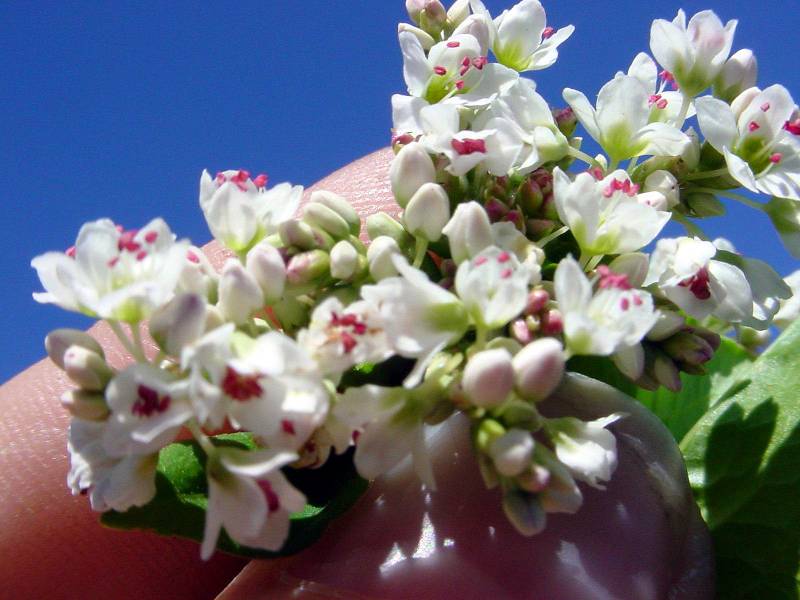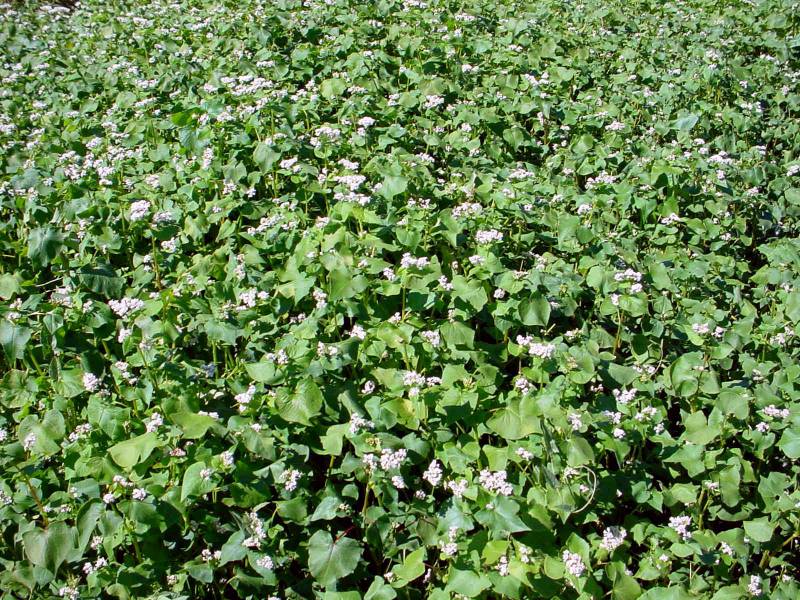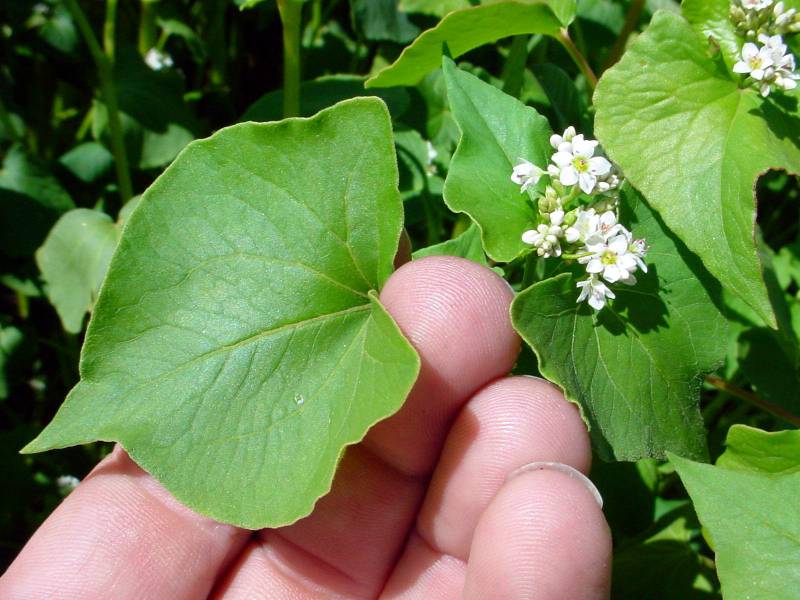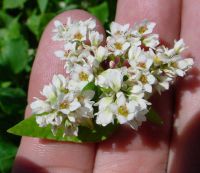Distribution: Occurring chiefly east of the Cascades crest in Washington; Alaska to California, east across most of North America to the Atlantic Coast.
Habitat: Roadsides, fields, waste areas; frequently escapes cultivation.
Flowers: June-September
Origin: Introduced from Europe
Growth Duration: Annual
Conservation Status: Not of concern
Taprooted, annual herbs, the stems ascending or erect, 15-90 cm. tall, branched, green, or striped with pink or red.
Leaves alternate, petiolate, the petiole 1.5-6 cm. long; leaf blade palmately veined, hastate-triangular or cordate, 2.5-8 cm. long and 2-8 cm. wide, the margins hairy, the tip pointed; stipules sheathing, brownish, loose and papery.
Inflorescences of small terminal and axillary panicles; peduncles 0.5-4 cm. long, pubescent in lines; pedicles ascending, 2.5-4 mm. long; perianth creamy white to pale pink, the 5 tepals elliptic to obovate, 3-5 mm. long; stamens 8, the filaments distinct, glabrous; styles 3, stigmas purplish.
Achenes light brown, sometimes streaked with black, sharply 3-angled, 4-6 mm. long.
Publication: Methodus. 290. 1794.
Fagopyrum vulgare T. Nees
Polygonum fagopyrum L.
PNW Herbaria: Specimen records of Fagopyrum esculentum in the Consortium of Pacific Northwest Herbaria database
WA Flora Checklist: Fagopyrum esculentum checklist entry
OregonFlora: Fagopyrum esculentum information
E-Flora BC: Fagopyrum esculentum atlas page
CalPhotos: Fagopyrum esculentum photos








